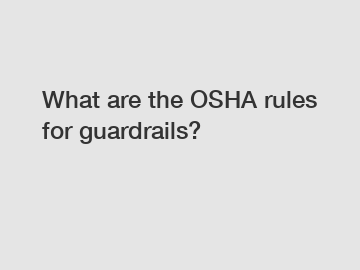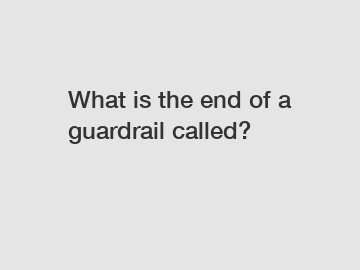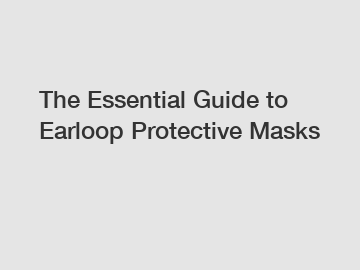What are the OSHA rules for guardrails?
When it comes to workplace safety, guardrails play a crucial role in preventing falls and protecting workers from hazardous conditions. The Occupational Safety and Health Administration (OSHA) has set specific rules and regulations regarding the use of guardrails in various industries to ensure the safety and well-being of employees. In this blog post, we will delve into the OSHA rules for guardrails and discuss why they are essential for maintaining a safe work environment.
First and foremost, OSHA requires that all guardrails meet certain specifications to be considered compliant. According to OSHA standards, guardrails must be able to withstand a force of at least 200 pounds applied in any direction at any point along the top rail. This ensures that guardrails are sturdy enough to prevent falls and protect workers from serious injuries.
In addition to strength requirements, OSHA also mandates specific height measurements for guardrails. The top rail of a guardrail must be between 39 and 45 inches above the walking or working surface to provide adequate protection for employees. This height range helps ensure that guardrails are tall enough to prevent falls while still allowing workers to perform their tasks effectively.

Furthermore, OSHA stipulates that guardrails must have a midrail or intermediate vertical member located between the top rail and the walking or working surface. This additional support helps reinforce the guardrail system and prevent employees from slipping or falling through the openings. By including a midrail, employers can enhance the overall effectiveness of their guardrail systems and reduce the risk of accidents.
Explore more:Understanding the Importance of Shoulder Protectors
Advantages of Fireclay Bricks: Superior Durability and Heat Resistance
What is a Real Time Guard Tour System?
How Does Automatic Rising Bollards Maintain Road Safety?
Stay Dry and Stylish with PVC Rain Boots: Your Ultimate Guide to Waterproof Footwear
Active Noise Cancelling Headphones: Are They Good Enough for Hearing Protection?
The Versatility and Safety Benefits of LED Arrow Boards
Another important aspect of OSHA guardrail rules is the requirement for guardrails to have toeboards to prevent objects from falling off elevated surfaces. Toeboards are essential for protecting workers below and preventing accidents caused by falling debris or tools. By including toeboards in their guardrail systems, employers can create a safer work environment and reduce the likelihood of injuries occurring on the job.
In addition to these specific requirements, OSHA also mandates that guardrails be free from any sharp edges or projections that could cause injury to employees. Guardrails must be designed and constructed in a way that minimizes the risk of cuts, abrasions, or other physical harm to workers. By ensuring that guardrails are smooth and free from hazards, employers can create a safer workplace for their employees and reduce the likelihood of accidents occurring.
It is essential for employers to regularly inspect and maintain guardrails to ensure that they remain in compliance with OSHA regulations. Regular inspections can help identify any issues or damage with guardrails and allow employers to address them promptly to prevent accidents from occurring. By staying proactive and vigilant in their maintenance efforts, employers can create a safer work environment for their employees and reduce the risk of injuries on the job.
In conclusion, OSHA rules for guardrails are designed to protect workers and prevent accidents in the workplace. By following OSHA standards for guardrails, employers can create a safe and secure environment for their employees and reduce the risk of falls and injuries. It is essential for employers to understand and comply with OSHA guardrail regulations to ensure the safety and well-being of their workforce. By prioritizing workplace safety and adhering to OSHA rules for guardrails, employers can create a culture of safety and prevent accidents from occurring on the job.
Contact us to discuss your requirements of what is a guardrail: components, galvanized highway w beam guardrail custom, highway guardrail for Vietnam. Our experienced sales team can help you identify the options that best suit your needs.
Explore more:What you Need To Know Before Buying a Bulletproof Vest
What is the purpose of a metal guardrail?
Are Cup Shaped Masks with Valves Harmful?"Why do cup shaped masks with valves raise concerns among experts?
What is the average price for gloves?
Milita Heavy Duty Rising Beam Gate: Uncover the Ultimate Solution for Secure Access Control!
What Are the Different Common Types of Bollards?
Which Innovative Design Ideas for Custom W-Beam Guardrails are Revolutionizing Road Safety?










